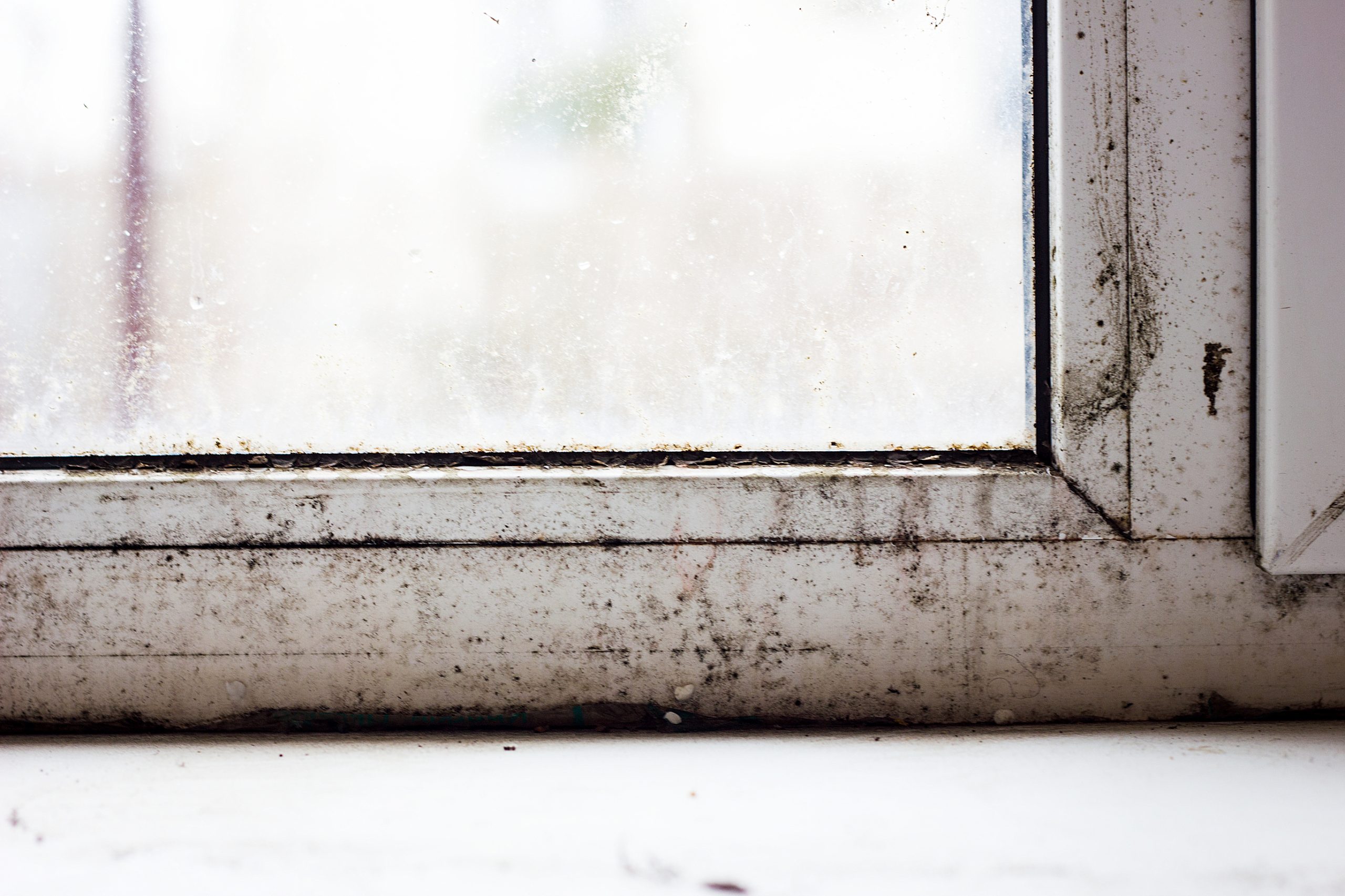Mold removal by Rensair air purification

Abstract
Airborne mold is very common, but it can be a danger to human health when a high concentration of mold spores are present in an occupied and poorly ventilated indoor space. The best solution is always to correct the source of the mold and to ensure that the environment is not conducive to mold growth. However, where this cannot be carried out, removing airborne mold spores with a well designed air purifier will mitigate the health risks to humans from inhaling airborne mold spores.
Introduction
A mold is one of the structures certain fungi can form. The dust-like, coloured appearance of mold is due to the formation of spores containing fungal secondary metabolites. The spores are the dispersal units of the fungi.
Molds are very common in buildings and homes. Mold will grow in places with a lot of moisture, such as around leaks in roofs, windows, or pipes, where there has been flooding and will thrive in poorly ventilated spaces. Mold grows well on paper products, cardboard, ceiling tiles, and wood products, and can also grow in dust, paints, wallpaper, insulation, drywall, carpet, fabric, and upholstery.
The most common indoor molds are Cladosporium, Penicillium, and Aspergillus.
Mold growth in the indoor environment
Mold is found both indoors and outdoors. Mold can enter an indoor space through open doorways, windows, vents, and heating and air conditioning systems. Mold in the air outside can also attach itself to clothing, shoes, and pets and can be carried indoors. Mold will grow when mold spores drop on places where there is excessive moisture, such as where leakage may have occurred in roofs, pipes, walls, plant pots, or where there has been flooding.
Many building materials provide suitable nutrients that encourage mold to grow. Wet cellulose materials, including paper and paper products, cardboard, ceiling tiles, wood, and wood products, are particularly conducive for the growth of some molds. Other materials such as dust, paints, wallpaper, insulation materials, drywall, carpet, fabric, and upholstery, commonly support mold growth.
Large mold infestations can usually be seen or smelled.
The impact of mold on people
Exposure to damp and moldy environments may cause a variety of health effects, or none at all. People have differing sensitivities to molds. For some, exposure to molds can lead to symptoms such as stuffy nose, wheezing, and red or itchy eyes, or skin. Furthermore, people with allergies to molds or with asthma may have more intense reactions. Severe reactions may occur among workers exposed to large amounts of molds in occupational settings, such as people working in damp basements. Severe reactions may include fever and shortness of breath.
In 2004 the US Institute of Medicine (IOM) found there was sufficient evidence to link indoor exposure to mold with upper respiratory tract symptoms, cough, and wheeze in otherwise healthy people; with asthma symptoms in people with asthma; and with hypersensitivity pneumonitis in individuals susceptible to that immune-mediated condition.
Other recent studies have suggested a potential link of early mold exposure to development of asthma in some children, particularly among children who may be genetically susceptible to asthma development, and that selected interventions that improve housing conditions can reduce morbidity from asthma and respiratory allergies.
Keeping mold out of buildings and homes
As part of routine maintenance, a building should be inspected for evidence of water damage and visible mold. To prevent growth, conditions that cause mold should be fixed (e.g., water leaks, condensation, poor ventilation, or flooding).
Mold growth can be controlled by:
- Controlling humidity levels;
- Promptly fixing leaky roofs, windows, and pipes;
- Thoroughly cleaning and drying after flooding;
- Ventilating areas to appropriate standards.
A short term solution for poorly ventilated and moldy indoor spaces
It is always preferable to correct the reasons for mold growth. However economic and practical issues can prevent such corrective measures being implemented, resulting in poorly ventilated inhabited indoor environments being polluted by airborne mold spores.
A well designed indoor air purifier equipped with HEPA filtration will effectively remove airborne mold spores, continuously cleaning the indoor air space. However, given the health risks associated with airborne mold when inhaled by humans, a building owner or occupier should check that the air purifier has been independently tested in a real life scenario that validates any air purifier manufacturer’s claims.
The use of an air purifier to remove airborne mold could lead to a new hidden risk. Whilst the HEPA will effectively trap the mold on the filter, it will not inactivate the fungus protein. The danger is that the trapped mold will grow on the filter in a humid environment, and spores will be released back into the air from the air purifier itself.
Rensair air purifiers have been independently tested by third party scientific laboratories. They found that the Rensair air purifier is very effective at removing airborne mold spores very quickly. Furthermore, despite molds natural resistance to UV-C light, the independent tests demonstrated that the Rensair air purifier was effective in neutralising the protein in the mold so that no active mold was found on the HEPA filters after the air purifier had removed mold from the air.
Bespoke solutions
Rensair provides all clients with tailor made solutions to provide a good indoor air quality environment. These can be drawn up and installed in a matter of days, as can be demonstrated by work carried out for Skechers.
